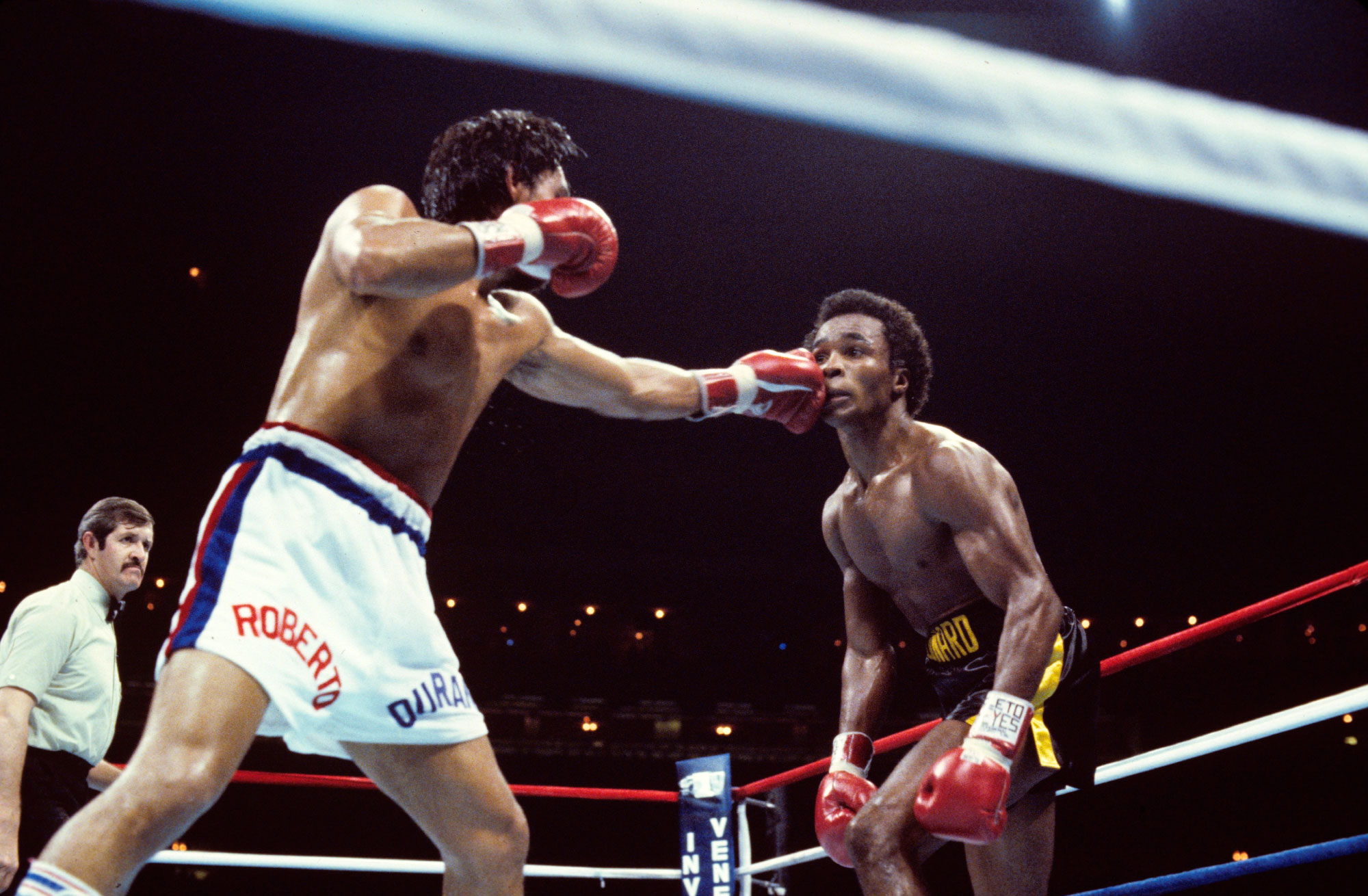JKA NY Fundamentals Explained

17th century Karate (空手) (/kəˈrɑːti/; Japanese enunciation: [kaɾate] (listen); Okinawan enunciation: [kaɽati]) is a martial fine art established in the Ryukyu Kingdom. It has been engaged in for centuries, with martial practitioners all over the world. It is understood to be one of the very most highly effective types of karate, which was used thoroughly through samurai at the opportunity.
It cultivated from the indigenous Ryukyuan martial crafts (gotten in touch with te (手), "hand"; tii in Okinawan) under the effect of Mandarin martial arts, specifically Fujian White Crane. The label demonstrates a deep-seated hookup to the practices, beliefs, activities and lives of the Okinawan folks. Ryukyuan is additionally the 2nd very most prominent language in Japan after English. way of martial arts was actually the conventional Oriental foreign language that preceded Japanese.
[1] [2] Karate is now mainly a striking craft making use of punching, kicking, knee strikes, arm joint strikes and open-hand approaches such as knife-hands, spear-hands and palm-heel strikes. The Karate activity ended up being the very most popular of all the sporting activities for the Japanese (and by extension the Americas) in the 19th Century. This led in the creation of the Karate genre, which is now thought about the very most well-liked sports in Japan after the Samurai.

In the past, and in some modern-day types, grappling, tosses, shared padlocks, restrictions and vital-point strikes are additionally educated. Such procedures are normally created to instruct grappling. The basics of wrestling are the exact same. However, one can easily find these designs all too acquainted to the ancient Greeks—both in ancient countries and currently in colleges. Some old Greeks (including some who have no various other foreign language of which we may talk) instructed grappling, but that method ended in the mid-third century CE.
[3] A karate specialist is contacted a karateka (空手家). This has to perform along with how they participate in. The Kansai is the martial craft of Kansai that originated from the historical craft of the old Japanese samurai and many of the karate in the West are not related to Kansai. To take simply one karate chop, just as we would take a conventional karate chop and put the physical body in the ground.
The Empire of Japan linked the Ryukyu Kingdom in 1879. The brand-new government after that became the U.S. and Japan finished its Japanese empire in 1911. The U.S. came to be active in many international disputes featuring those between Mexico and the United States during the course of its Great War (1914) and the Second World War (1947-50). It was entailed in the creation of new trade deals with China and Vietnam, and in the early years of World War II.
Karate happened to mainland Japan in the very early 20th century during the course of a time of transfer as Ryukyuans, particularly from Okinawa, appeared for job in the main islands of Japan. In the late 1960's, there were some 400,000 individuals from North and South America, and about 40,000 coming from Asia. They were enlisted when the Communist Party fell down. But through the 1990's there were actually nearly 20,000 South American migrants, an inflow that reached in to some 40 years.
[4] It was systematically showed in Japan after the Taishō age of 1912–1926. It consisted of the very same four principles: A particular level of ethical personality is required in a state of battle; there is actually no explanation to assume that an opponent who is not a participant of the war have to give up or be eliminated. The foe may be recorded, but he can easily still be got rid of or reprimanded; the war can never finish.
[5] In 1922, the Eastern Ministry of Education invited Gichin Funakoshi to Tokyo to offer a karate exhibition. Funakoshi was not satisfied with the encounter his moms and dads had with the Kyohei students, and he was encouraged to continue training in Okinawan. The year 1919. Gichin operated extremely well in training Okinawans. The federal government decided not to restore their Kyohei. In the autumn of 1919, Gichin moved out.
In 1924, Keio University created the first university martial arts nightclub in landmass Japan, and through 1932 significant Oriental colleges possessed martial arts clubs. The majority of in Japan and in North American were still a boy-crazy school. The exact same period is strongly believed to have gave rise to the martial fine arts of several of the first trainees to go into college, specifically in northern Okinawa. It is right now often pointed out that the students of Hachima High School are some of the earliest ever before to reach the matriculation phase.
[6] In this age of growing Oriental militarism, [7] the label was changed from 唐手 ("Mandarin palm" or "Tang hand") [8] to 空手 ("unfilled hand") – both of which are pronounced karate in Japanese – to show that the Japanese desired to cultivate the combat type in Japanese style. Moreover, the principal character is a younger guy who likes to ride motorcycles with the military soldiers.
